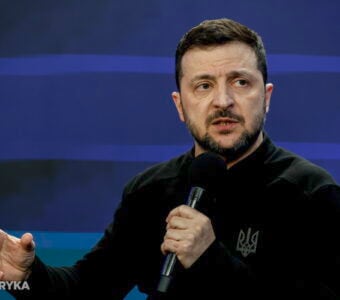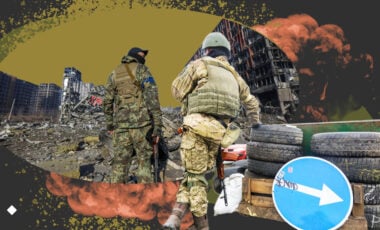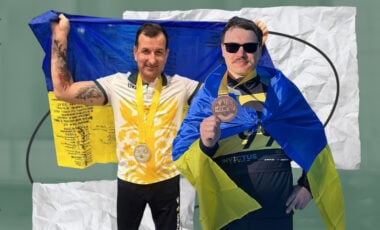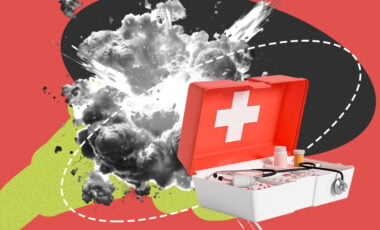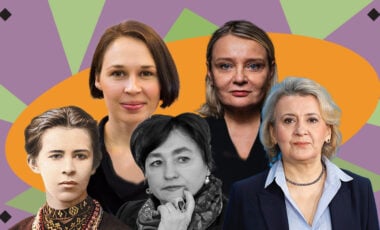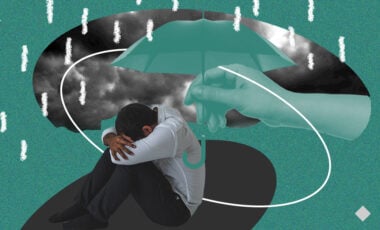Latvian doctors train Ukrainian colleagues at Ivano-Frankivsk Regional Hospital in revolutionary 12-hour pain-free anesthesia technique
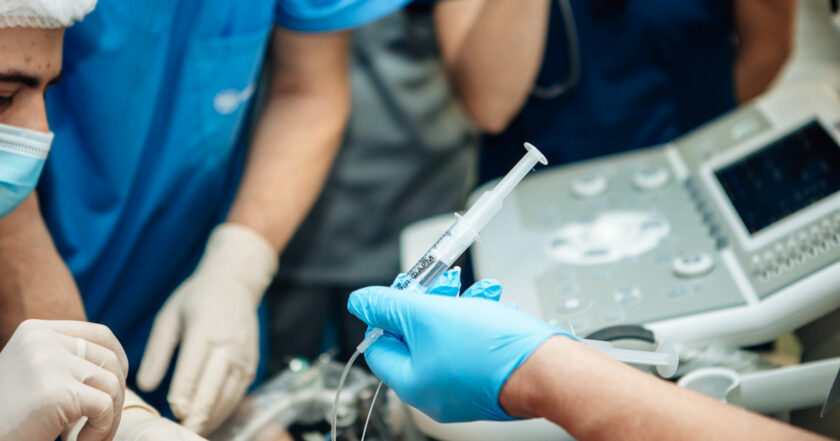
Photo: facebook.com/okl.if.ua
Doctors of the Ivano-Frankivsk Regional Clinical Hospital were trained by Latvian colleagues in a new technique of anesthesia, which allows the patient not to feel pain for up to 12 hours.
The hospital announced this on Facebook.
What is the problem?
Since time immemorial, doctors have sought ways to alleviate suffering for their patients.
Throughout the centuries, people have been actively searching for efficient painkillers and ways to administer them to the body.
First – a mixture of opium and mandrake root; later – nitrous oxide, ether, and chloroform; and, finally, intravenous anesthetics and advanced methods of pain relief.
Anesthesiology has gone through a long and difficult path in search of a perfect painkiller that will be effective, safe, with a minimum number of side effects, etc.
Currently, many people in Ukraine are injured as a result of Russian aggression. These are both military and civilians who require surgical intervention.
What is the solution?
Therefore, doctors from Latvia conducted a master class for specialists at the Ivano-Frankivsk Regional Clinical Hospital, where they taught a new technique of anesthesia, which allows the patient not to feel pain for up to 12 hours.
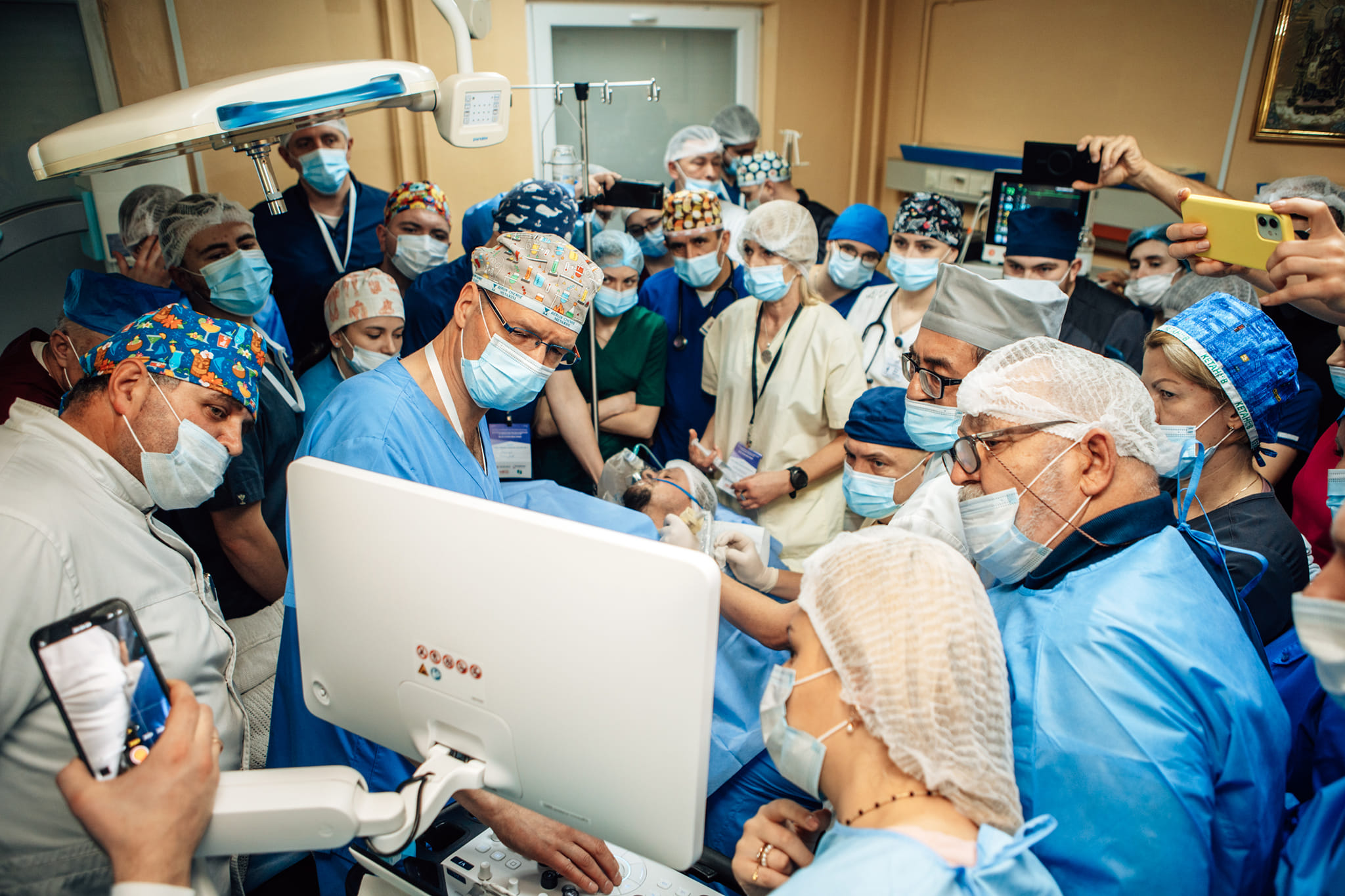
Photo: facebook.com/okl.if.ua
"As part of the three-day International School of Regional Anesthesia, which took place on the basis of the regional clinical hospital, a master class was held for its participants by doctors from Latvia, who taught Ukrainian specialists a new method of anesthesia. In three operating rooms of the burn department, traumatology, and vascular surgery, Latvian doctors conducted guide anesthesia for military patients with a forearm injury, an amputated stump of the left arm, and an injury of the ankle-foot joint of the right leg," the message reads.
How does it work?
According to the head of the department of anesthesiology and intensive care of the hospital, Ihor Pulyk, during such a procedure, complete relaxation of the limb or part of the body where the operation is performed occurs, bleeding decreases, and the patient does not need to use artificial ventilation of the lungs, which doctors usually perform under general anesthesia.
"Latvian colleagues showed us how they work with stimuplex – nerve stimulators to find them and inject a local anesthetic around the nerve. We also had the opportunity to see how it should be done with the help of ultrasound on an ultrasound machine, where nerves, vessels, and a needle that reaches the nerve – and that's how the anesthetic is injected," the head of the anesthesiology and intensive care department of the regional clinical hospital, Ihor Pulyk, shares.
The duration of such anesthesia is 3-6 hours.
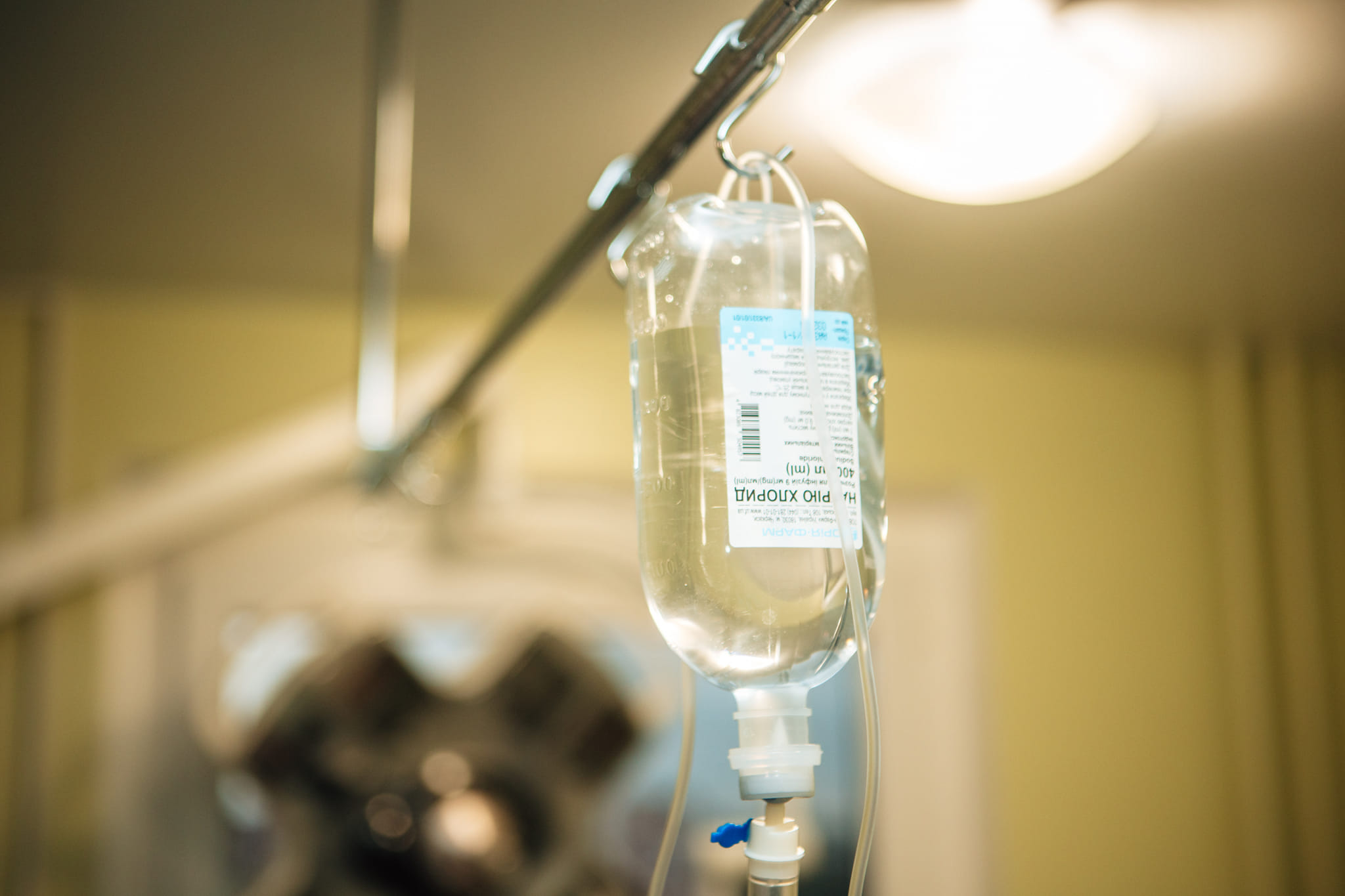
Photo: facebook.com/okl.if.ua
Thanks to this, the surgeon can operate, and the patient will not feel pain for at least 10-12 hours after the end of the surgical intervention.
Experts note that such anesthesia can be carried out anywhere because it does not require equipment and additional personnel.
In addition, as experts note, during any regional anesthesia, including conduction, wounds heal much better than after general anesthesia.
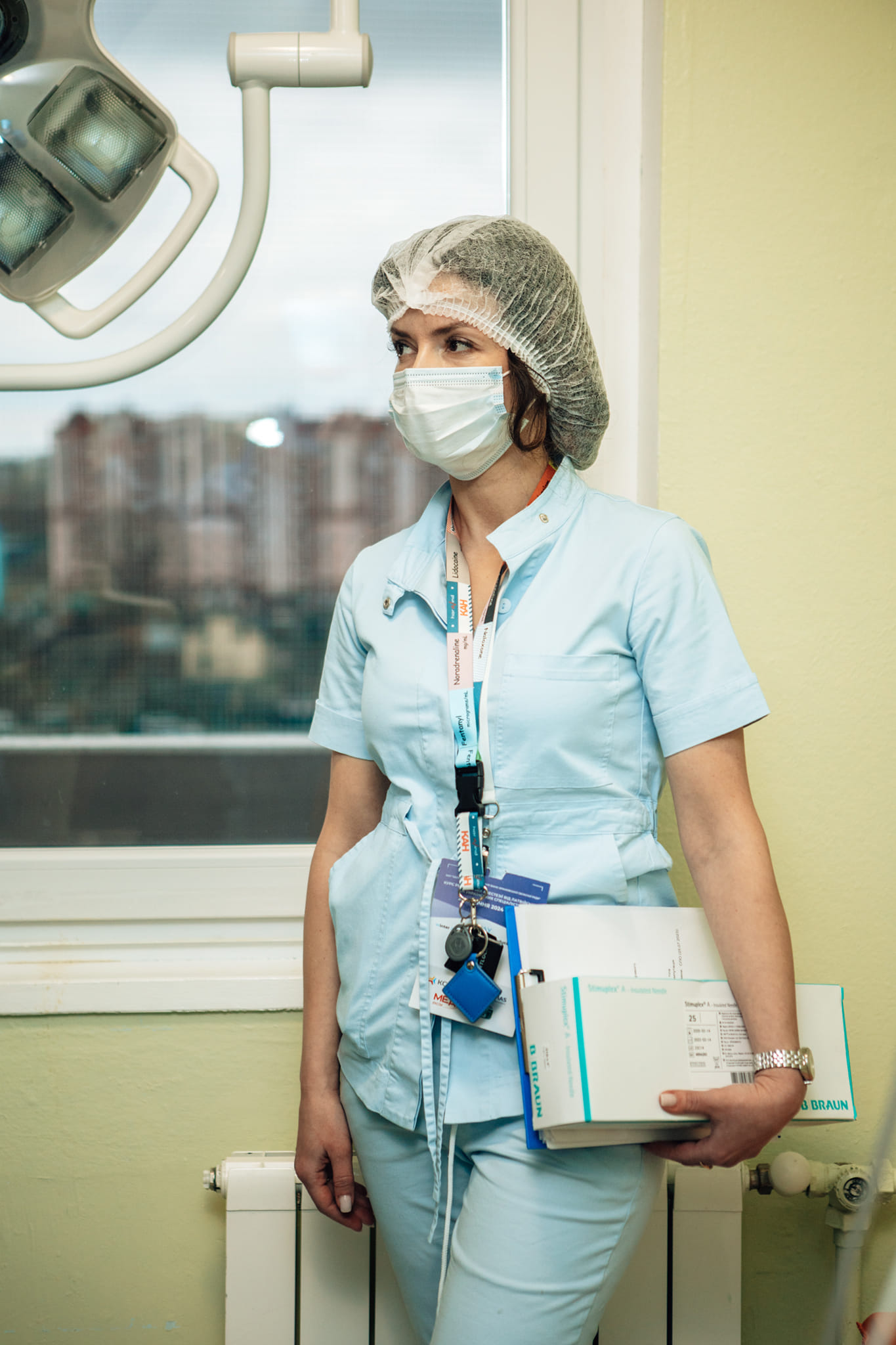
Photo: facebook.com/okl.if.ua
"It is important that in the conditions of war, it can be done anywhere: in the corridor, on the field, in a tent. It does not require equipment or personnel – it can be done by one person, even on the grass, having only one of these devices. And when there is an ultrasound, it doesn't need to be of an expert class, as here. With the help of a portable ultrasound machine, all this can also be done," the anesthesiologists emphasize.
This method is planned to be implemented in the regional hospital.
"Given the time of war, this method of anesthesia must be introduced unequivocally. I believe this will be the final step for its implementation in our region, particularly our institution", Ihor Pulyk notes.
For reference:
Anesthesia is a procedure that blocks the conduction of nerve impulses and reduces a person's pain and tactile and temperature sensitivity. Also, a decrease in reflexes and muscle tone is possible during anesthesia.
The method of analgesia is selected individually depending on the affected area, the volume of surgical intervention, and the patient's general condition. Anesthesiologists distinguish the following types of anesthesia:
- general;
- regional;
- local.
It should be noted that British specialist Rokas Tomoshauskas completed the second pain treatment mission in Lviv's First Medical Association.
As previously reported, at the "Unbreakable" National Rehabilitation Center, Ukrainian and American reconstructive surgeons performed three highly complex operations in one day.
The world-famous French cardiac surgeon came to Ukraine to share his experience.
Rubryka previously reported that the Ministry of Health of the Italian Republic launched a project aimed at supporting treatment centers for service members and civilians injured as a result of military operations in Ukraine.




